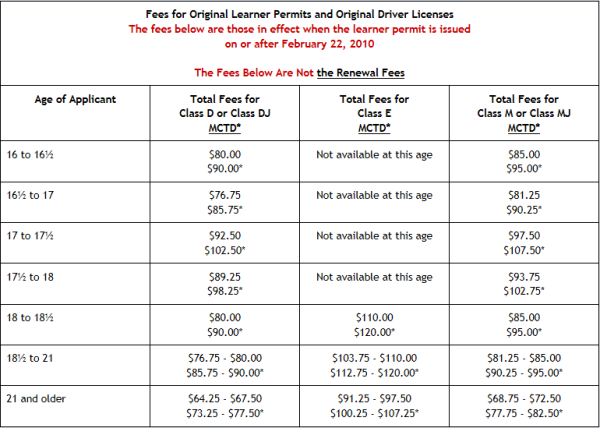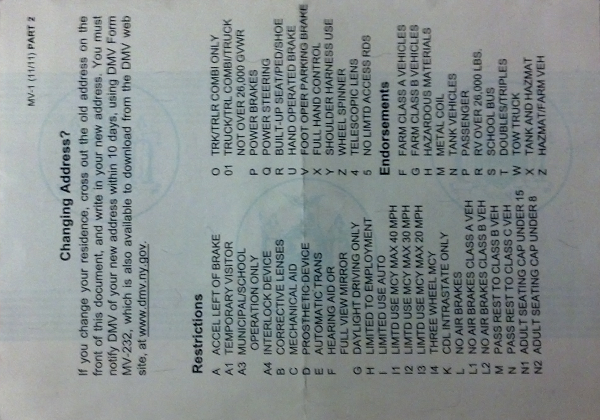You need to open a Checking Account in a Bank. For those of you who are coming from Pakistan, what you call Current Account in Pakistan is called Checking Account in USA. To open a Checking Account you need your Original Passport and I-94. You will receive a Photo Debit Card, which you can use in ATMs, POS machines, Online Purchasing etc.
! Interest Alert ! Banks also have Saving Accounts which works on interest.
Similarly, you’ll have to apply for a Secure Credit Card. The only difference between a Secure Credit Card and a regular Credit Card is that you pay for your Credit Line in advance to safe the Bank from risk of defaulted payments. While in case regular Credit Card, Bank offers you a certain amount of Credit Line depending upon your Credit History or Credit Score. But, because you are new to USA and you don’t have any Credit History or Credit Score yet, so you have an option to “buy” your Credit Line for your “Secure” Credit Card. If you pay $2000, your Credit Line will be $2000, so on and so forth. Other than that, there’s no difference in a Secure and a regular Credit Card, both works exactly the same.
If you are short on money, than a minimum recommended Credit Line for a Secure Credit Card is $2000. Although, you can go for less than that too.
! Interest Alert ! In order to build your Credit History or Credit Score, you will have to do your purchases via Credit Card. So it is recommended to always synchronize your purchases with the amount you have in your Debit Card or Checking Account. Always, clear your Credit at the end of every month. Finally, if you are going through tough times and are short on money, stop using Credit Cards altogether, or you will be lost in the maze of interest with no outlet.
So what Credit Reporting/History/Score is?
Credit reporting is a system lenders use to decide whether or not to give you credit or a loan and how much interest they can charge you for it. Your credit report is based on the bills payments you have missed or been late paying, loans that you have paid off, plus your current amount of debt. A credit report contains information on where you work and live, how you pay your bills, and whether you've been sued, arrested, or filed for bankruptcy. Consumer Reporting Agencies (CRAs) gather this information and sell it to creditors, employers, insurers, and others.
Based on the information in your credit report, lenders calculate your credit score so they can assess the risk you pose to them before they decide whether they will give you credit. The higher your score, the less risk you pose to creditors. Your score can range anywhere from 300-850.. Aiming for a score in the 700s will put you in good standing. A high score, for example, makes it easier for you to obtain a loan, rent an apartment, or lower your insurance rate.[Source – USA.GOV]
How to improve your Credit Score?
Make sure you get your apartment, car, utilities, telephone and services in your name and make sure you pay all your bills and rent on time.




